The brief given to us was about identifying an urban issue and developing a solution in a form of prototype which can be replicated or repeated. The issue we choose was related to our daily life routine and something every common citizen could relate too. The abandoned alleys of city.
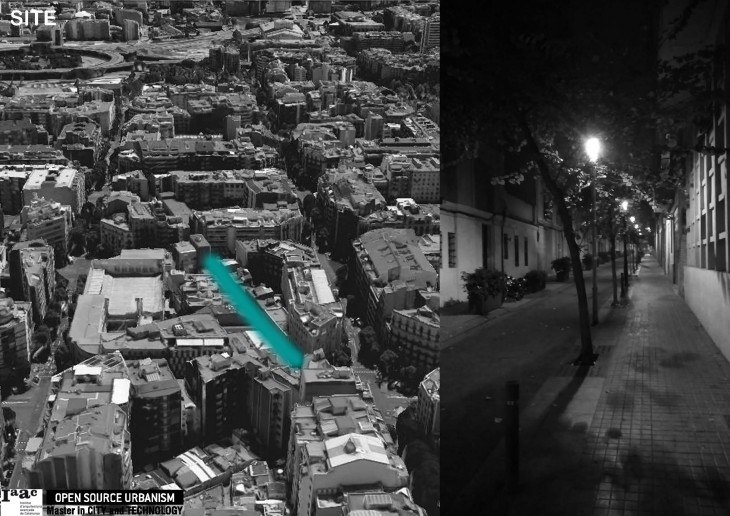
Issue
The issues we analysed with the alleys is that they are abandoned, unsafe, obsolete, under maintained. Our solution was to reclaim, intervene, activate and make it more lively. The next step was to develop and translate the idea into physical design.
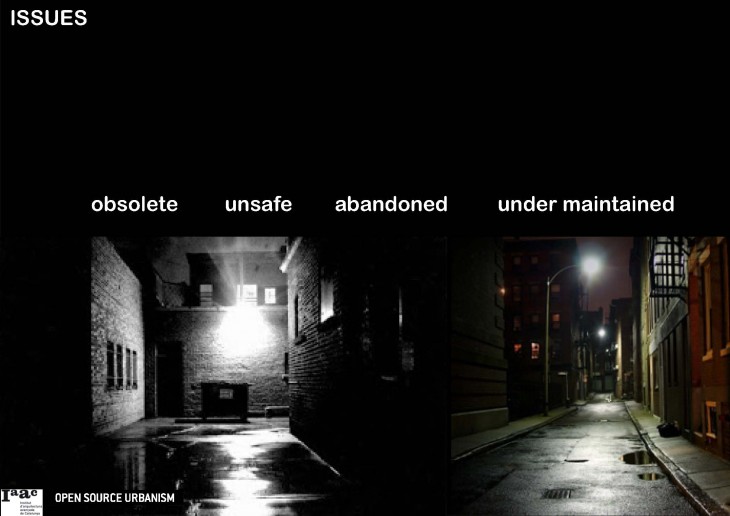
Prototype (spatial/programmatic strategy)
The design is made up of two major components. The ground and the roof. The ground is like a keyboard, an energy generating and storing tile. The tiles has several different modules which can generate pattern depending on the programme. And the roof is a interactive fabric LED lit which shows energy generation pattern using different colours of light according to usage of tiles. The space is then designed with multiple tiles laid in a grid. The timeline of the space use is defined and based on the activities the ground can be manipulated.
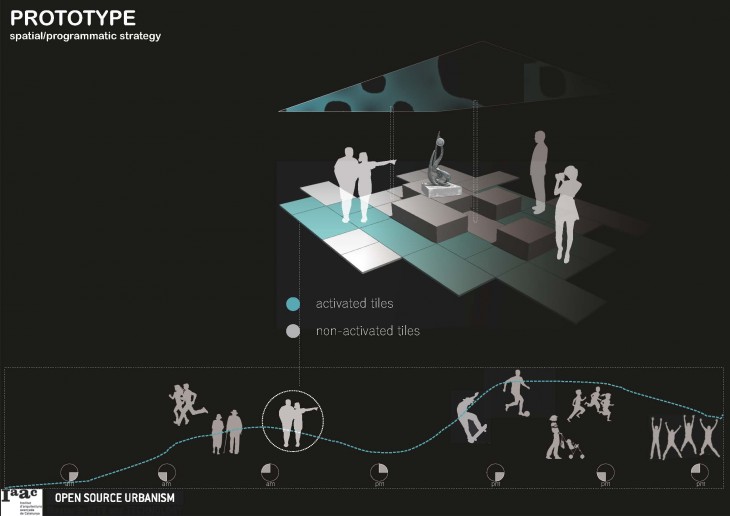
Prototype (digital/data strategy)
The digital platform is an app that can be installed and then used for receiving real-time updates of events happening in alleys. Once you enter a particular activity the app allows you to reserve the components with freedom of designing the space. You can either choose from several existing patterns. Or you can design your own pattern by customizing.
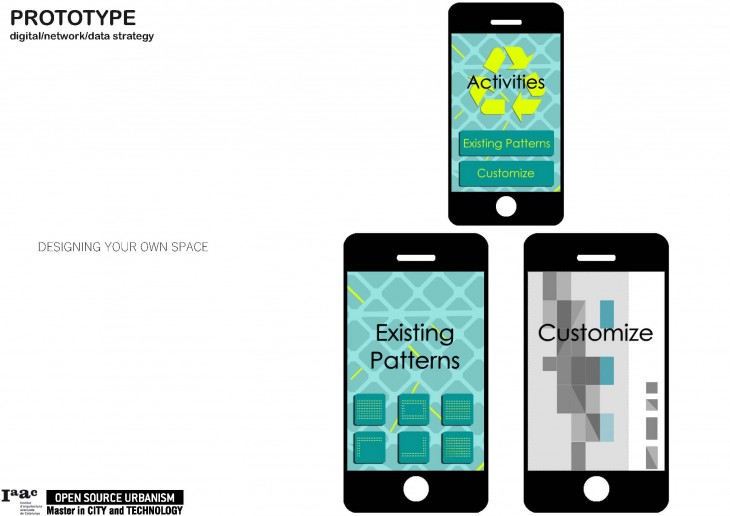
Data
Each tile is a live data collection center. It Not only collects the data but stores it and shares it. This data can be analysed and shared on social media and used for developing the cities.
Citizen Involvement
The idea to encourage more citizen participation is by creating advisory board by engaging creative minds of different fields along with the citizen representative. Further with the involvement of university and the citizens of the neighborhood create online and onsite workshops. The workshops would help generate knowledge about the usage of the abandoned alley.
Replication
First is on the selected site where for couple of weeks it will be experimented with different types of programme allowing more people to participate by spreading word. The experiment will provide data and also help launch similar idea at alleys in the neighborhood which would be the second stage. This would further be taken to city level allowing larger events to happen at the same time in different neighborhood. Programmes like film festivals, flea markets, etc,.
Impact
The impact of the project is not small term. It’s a long term project which when developed will create a network and make a difference on the urban level. The project has two sides to it:
First is the digital and energy generating part, where the tiles help generate energy and use it maintaining the alleys. The energy is not only generated but also displayed in the form of lights on the roof.
The second part is about alleys becoming the more intimate public spaces that the city lacks of. This leads to a Consciousness of participation and a sustainable future over the longer period.
Adaptation and Implementation
The project is adopted and implemented by bottom-up approach allowing citizen participation and inclusion. Hence forming new socio-technological relations.
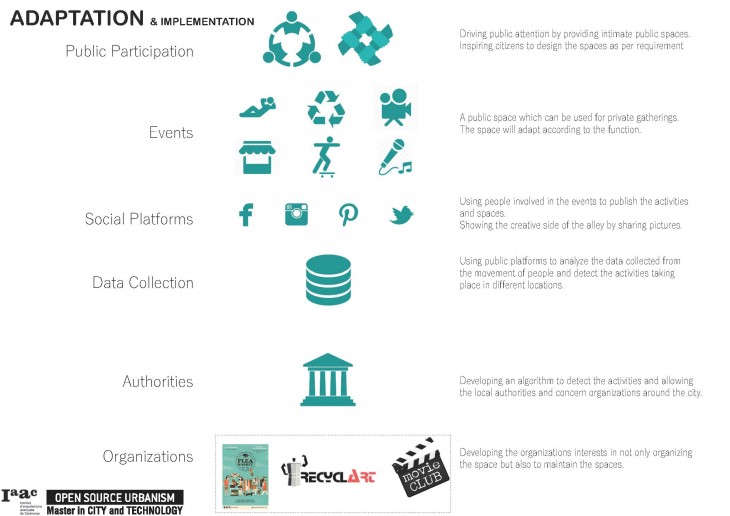
Laneways is a project of IaaC, Institute for Advanced Architecture of Catalonia developed at Master in City and Technology in 2015 by:
Students: Rahul Pudale and Mohit Chaugule
Faculty: Marcella del Signore